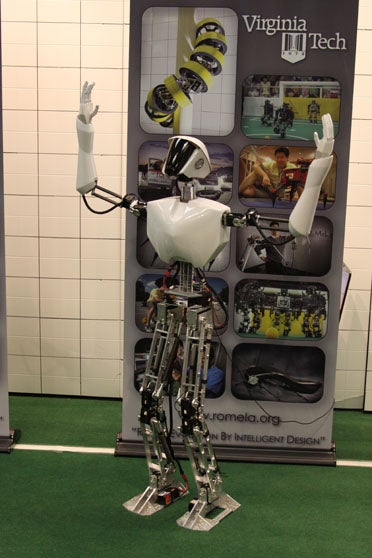
.The US Naval Research Laboratory (NRL) is seeking to develop a humanoid robot, dubbed as the Shipboard Autonomous Firefighting Robot (SAFFiR), to provide future shipboard firefighting capabilities aboard next generation vessels.
The firefighting robot will be capable of manipulating fire suppressors and throwing propelled extinguishing agent technology (PEAT) grenades and operates within the confines of an environment, designed for human mobility.
Algorithms to enable autonomous mobility and decision making by the robot are being developed and will also support natural language along with other modes of communication and supervision while working with damage control personnel.
The robot will be equipped with multimodal interfaces to enable natural interaction, including tracking the focus of the human team leader’s attention as well as understanding and responding to gestures, such as pointing and hand signals.
The SAFFiR will feature see through smoke capability with multi-modal sensor technology and incorporates advanced navigation and a sensor suite which include a camera, gas sensor, and stereo IR camera.
The robot’s battery will have an endurance of half an hour for performing firefighting mission and can perform functions such as walking, balancing, and traversing obstacles just like a soldier.
SAFFiR is a follow-on version to the existing humanoid CHARLI-L1 robot design, developed by Virginia Tech and University of Pennsylvania Researchers and will continue to work with the NRL on the new robot project.
The first trial of the robot will take place aboard a decommissioned Navy dock landing ship, USS Shadwell and is scheduled to be conducted in late September 2013.
The robot will also be used by US Marine Corps for other potential warfighting applications.
Image: US Navy’s Shipboard Autonomous Firefighting Robot is a follow-on version to the existing Virginia Tech CHARLI-L1 robot. Photo: Virginia Tech.







